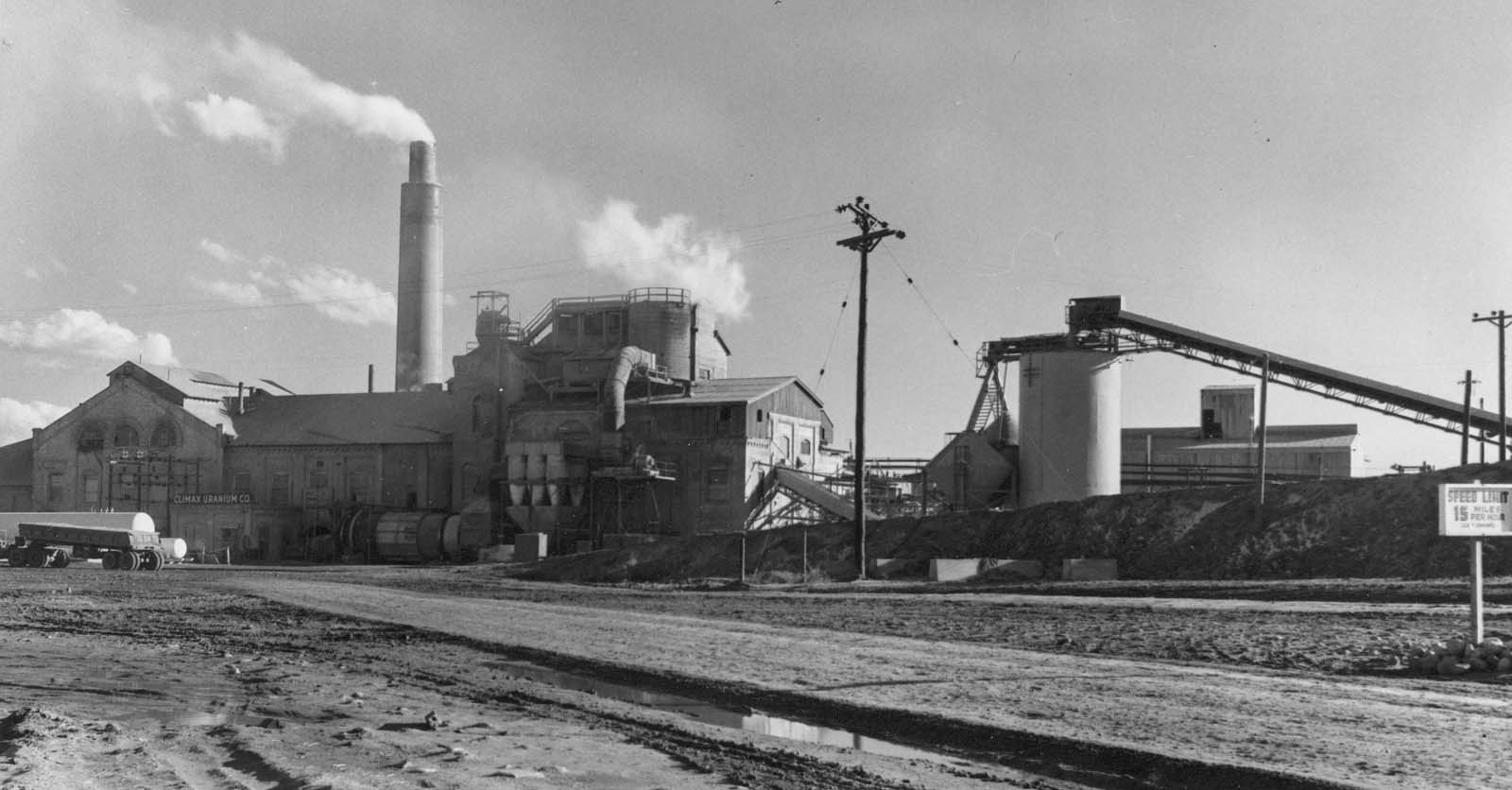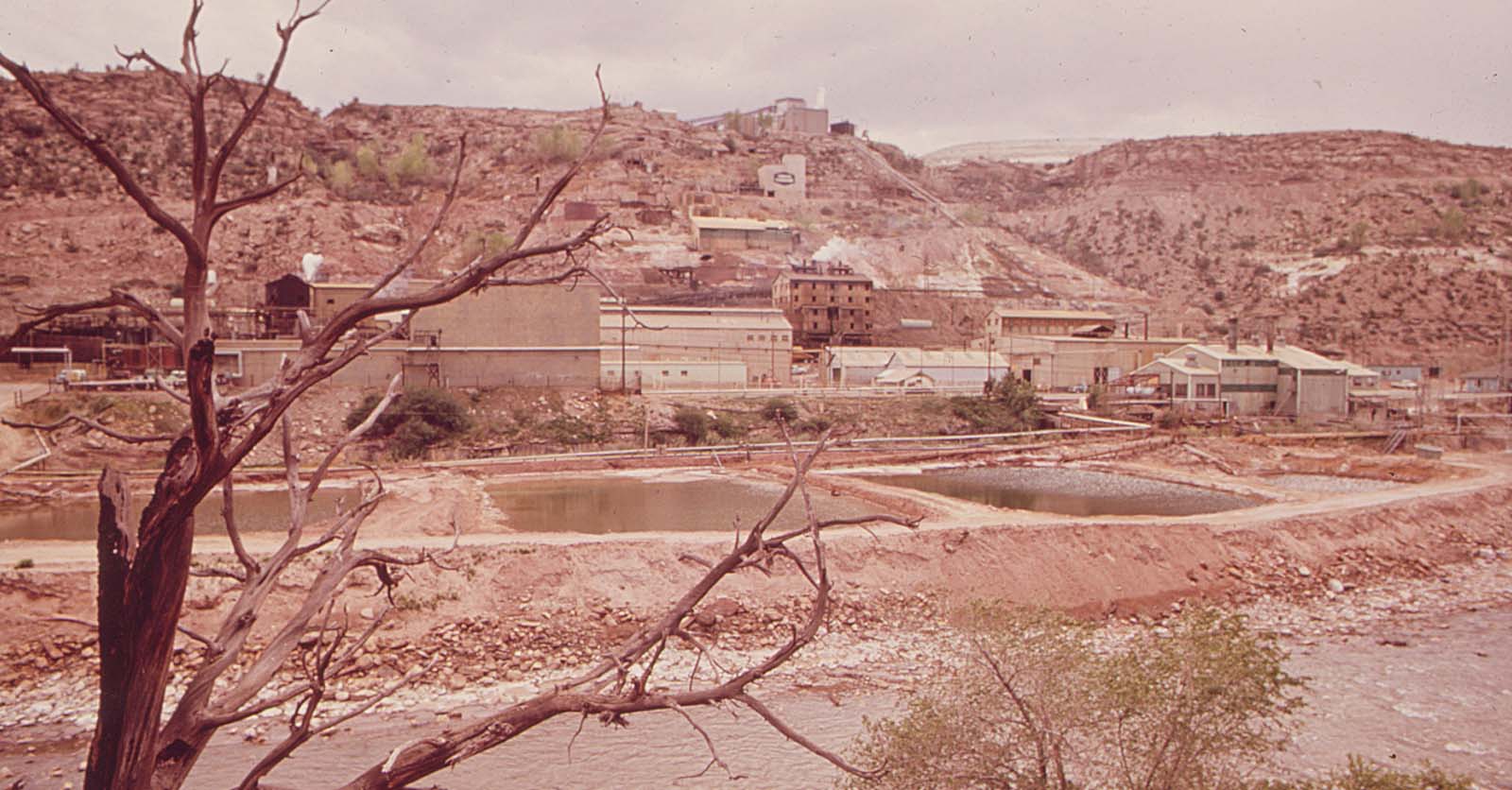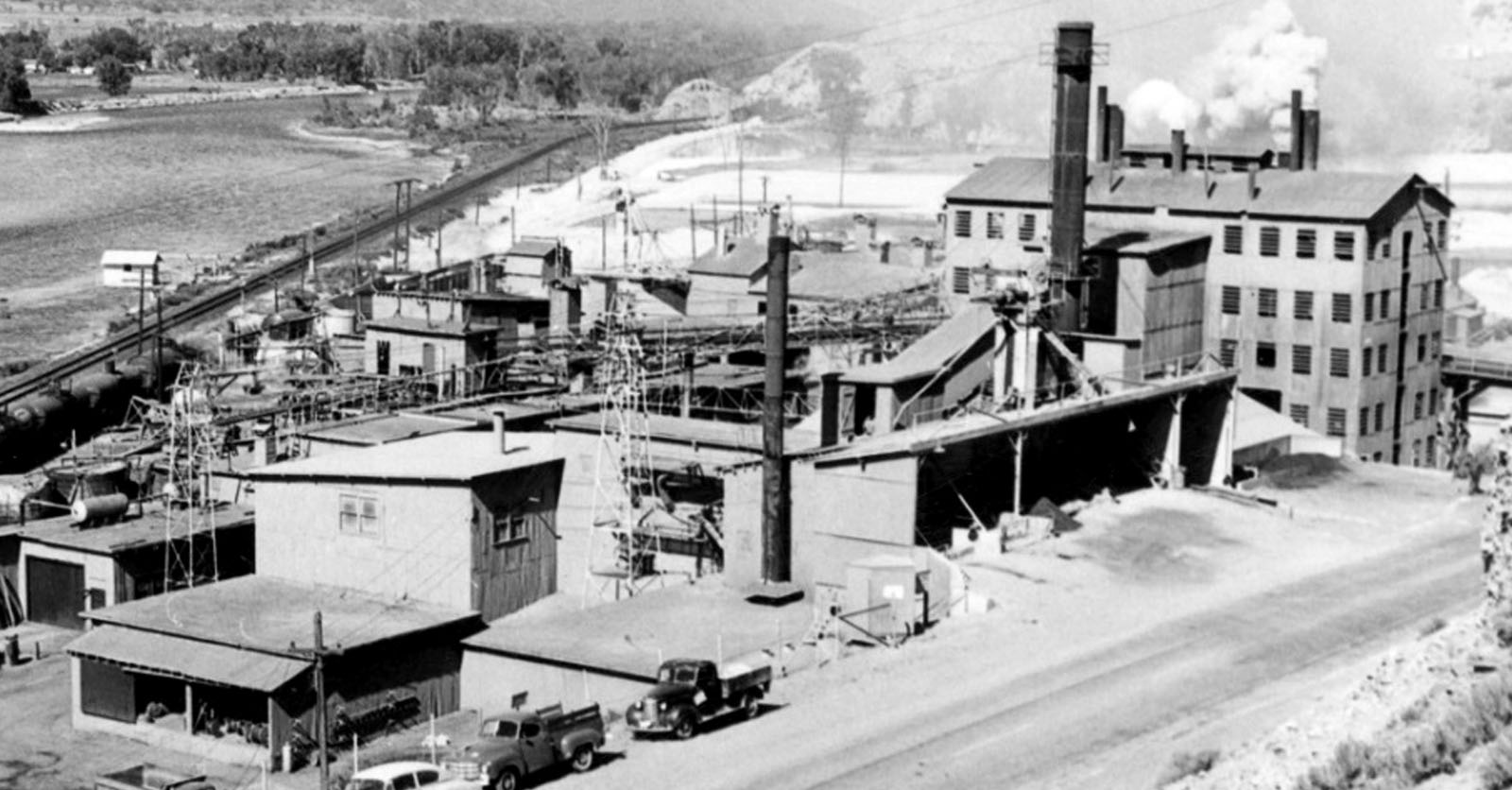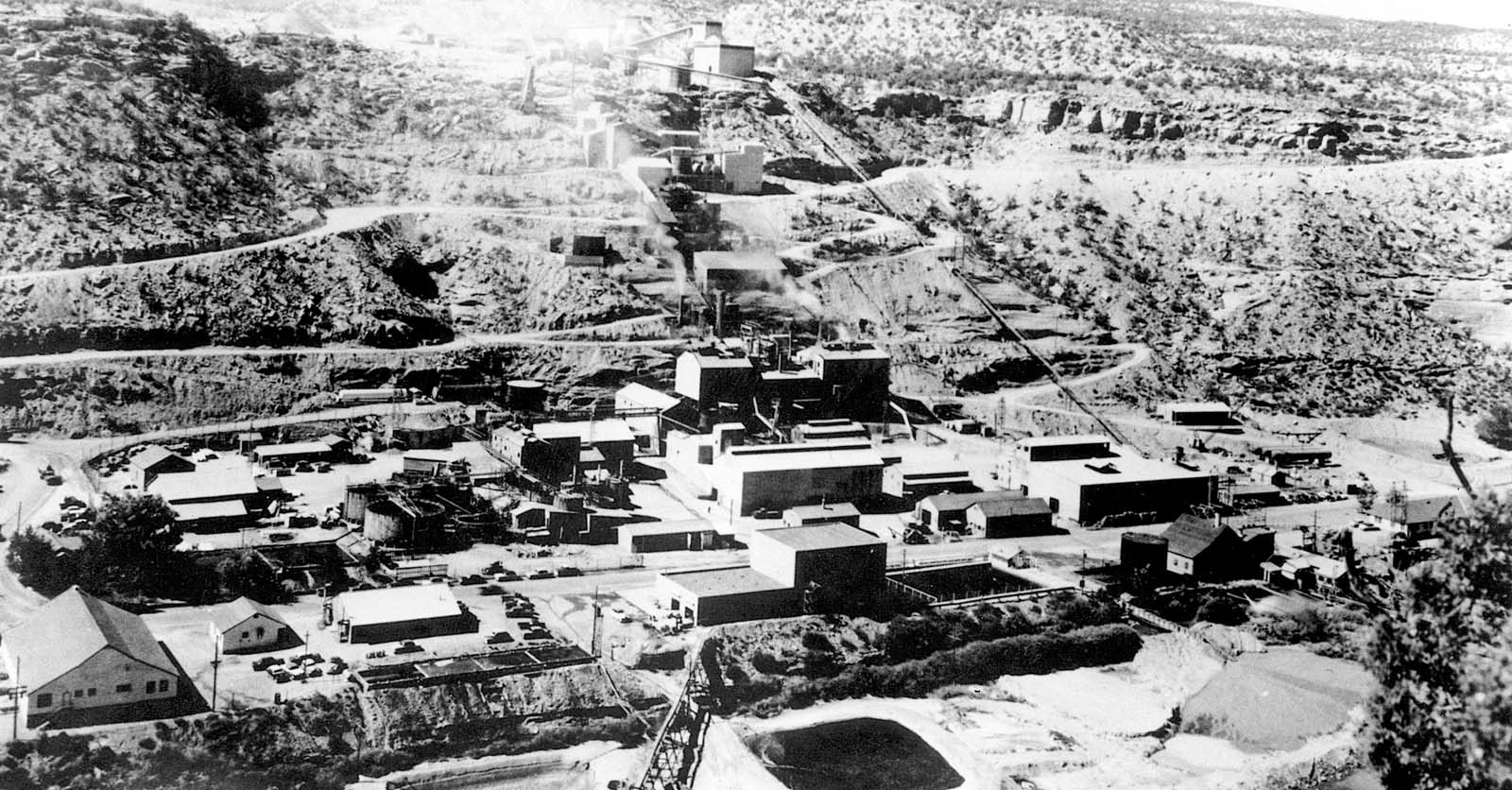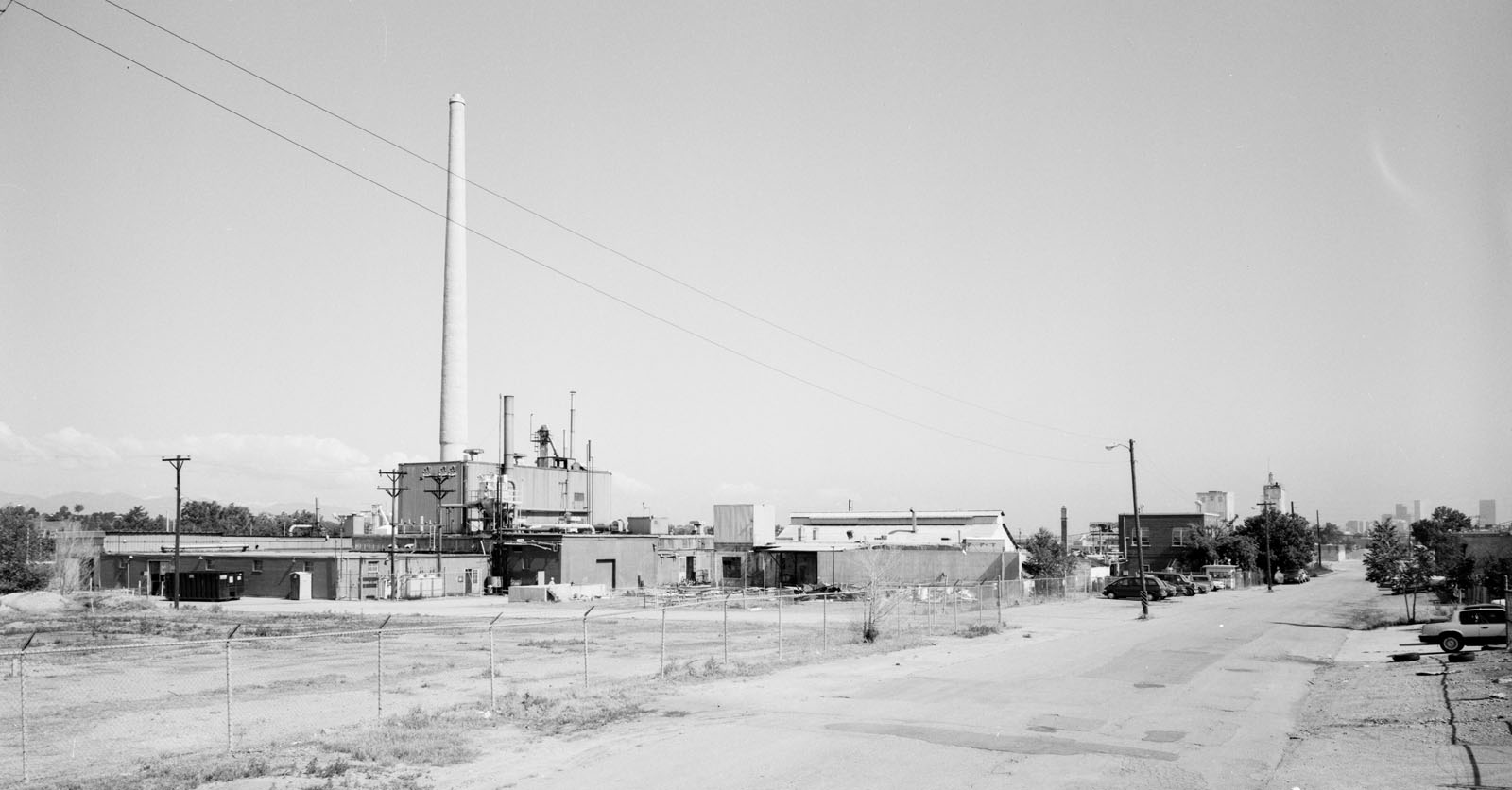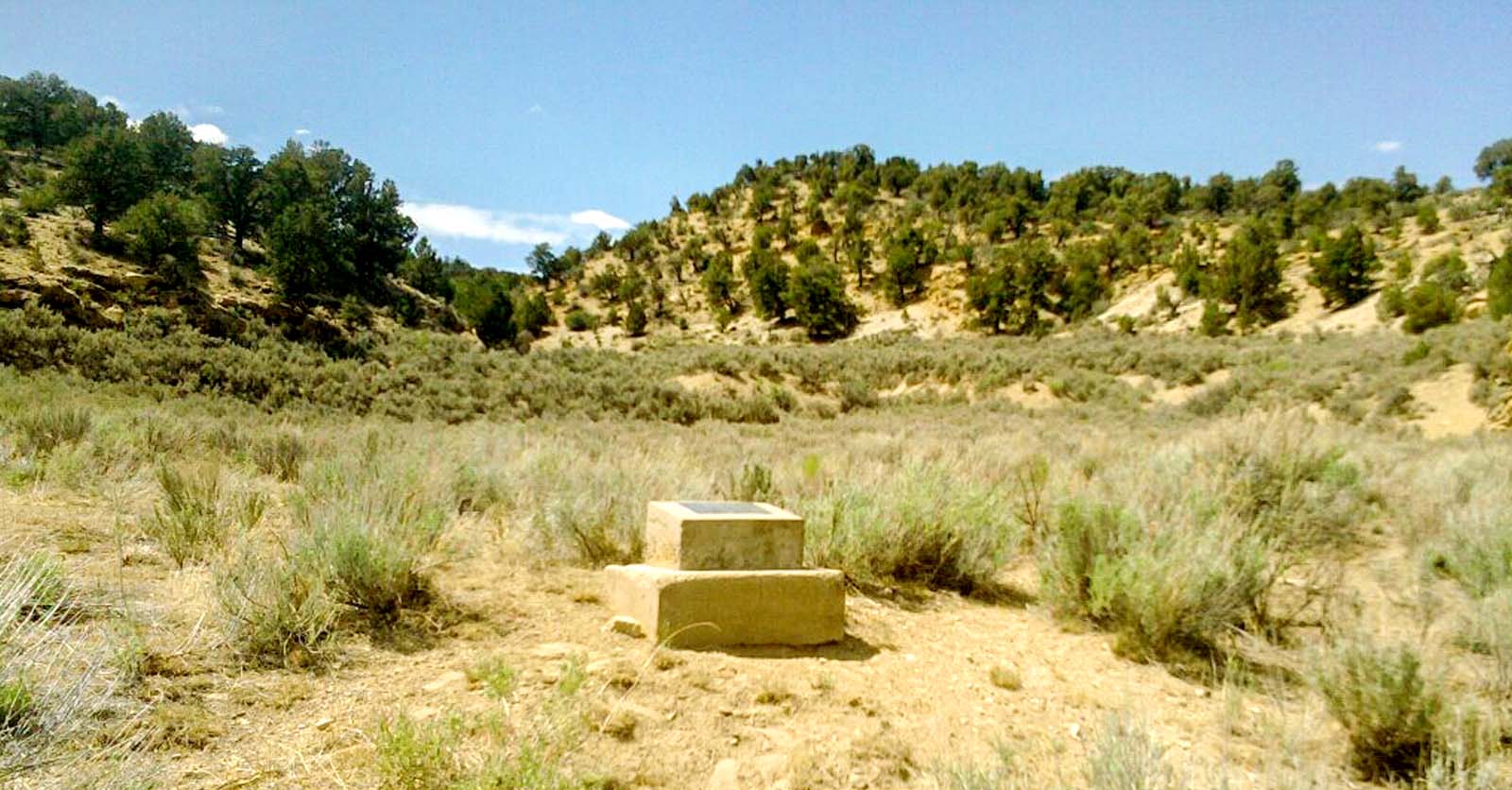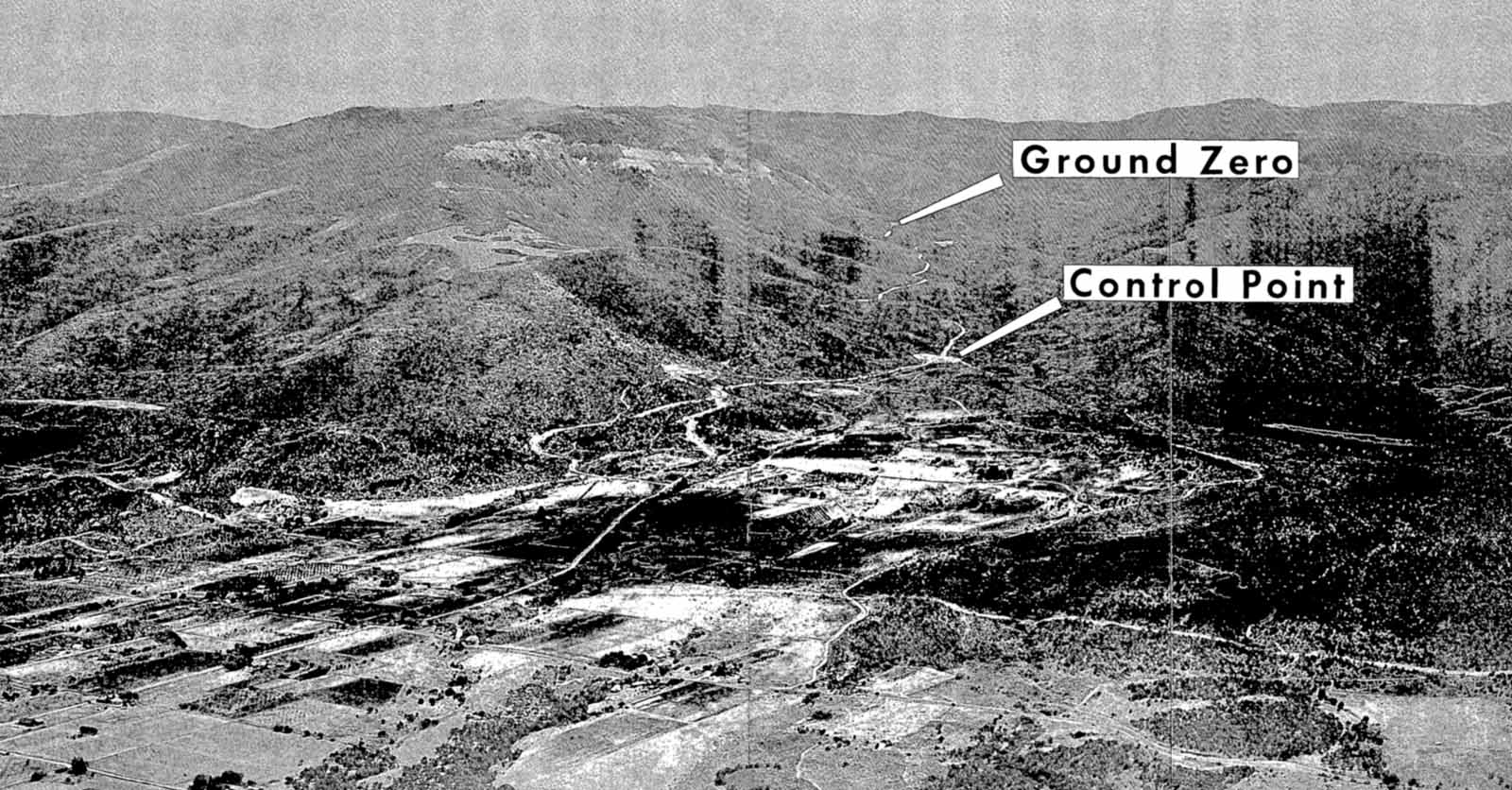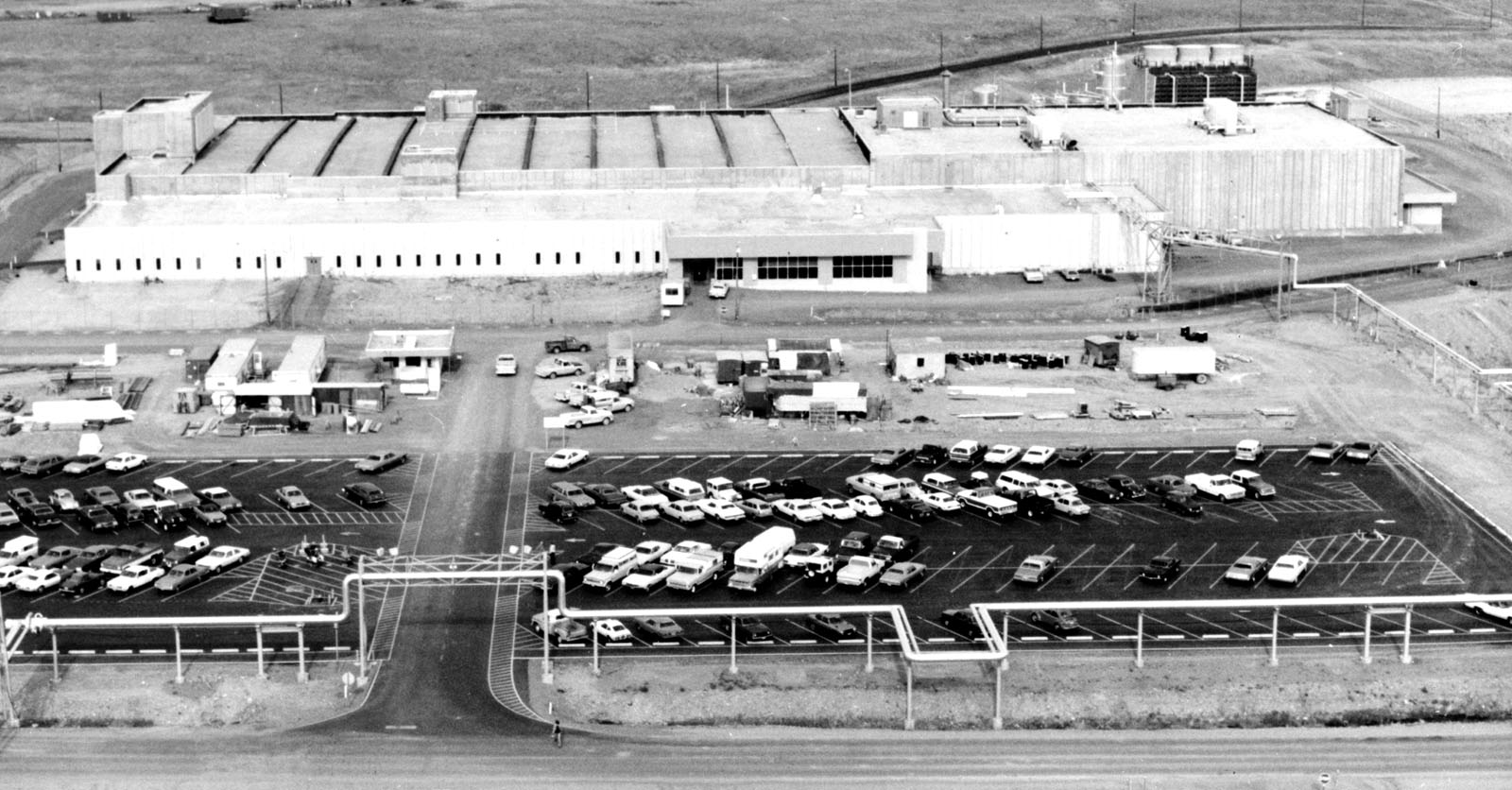3 min read
Gunnison Uranium Mill: Approved for EEOICPA benefits
![]() Trusted Ally Staff
:
Nov 21, 2025 1:31:28 PM
Trusted Ally Staff
:
Nov 21, 2025 1:31:28 PM
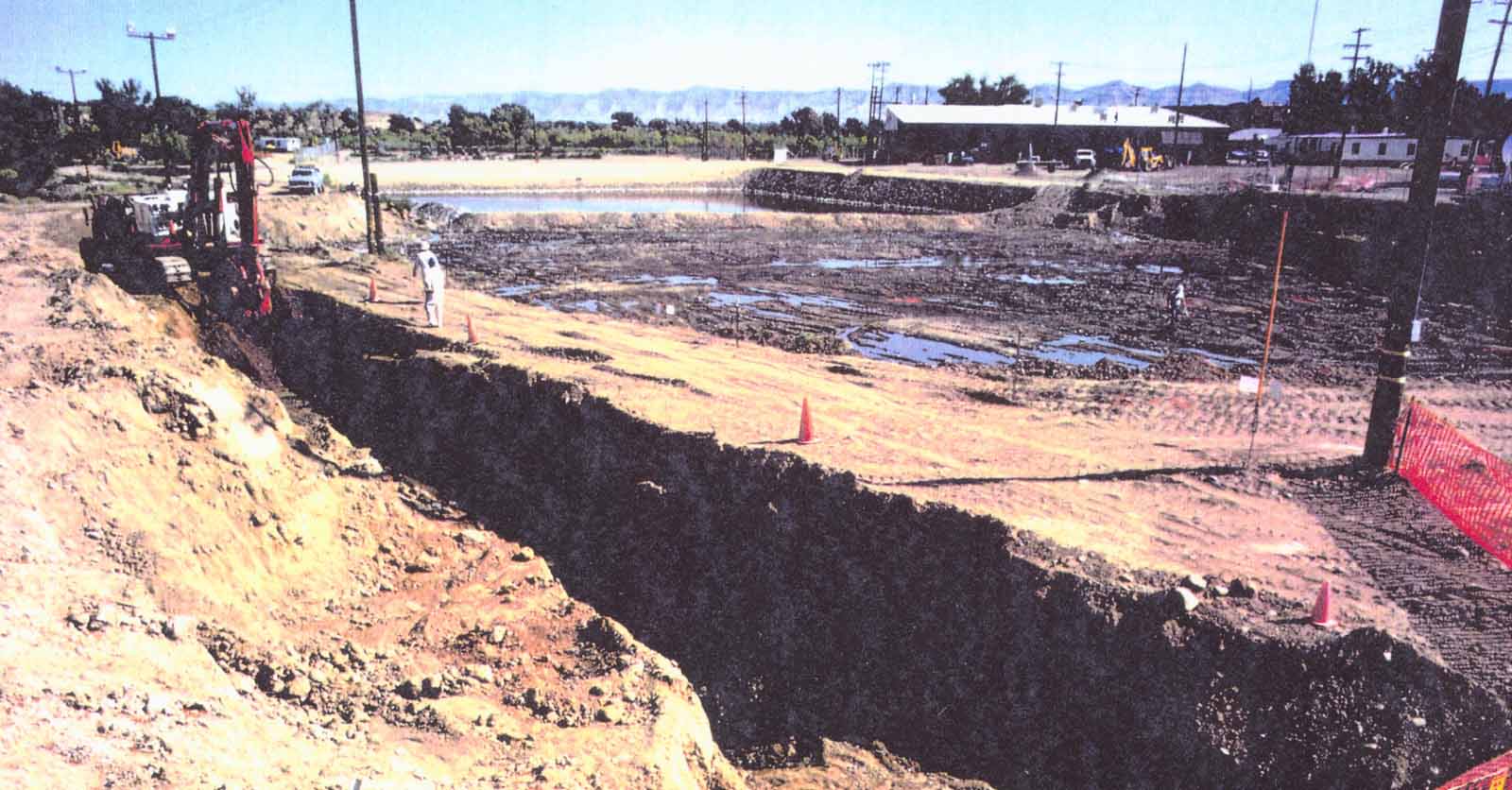
Subscribe to Trusted Ally News
How the Gunnison Uranium Mill served the nuclear weapons program
During the Cold War, the United States aggressively expanded uranium production to supply the nuclear weapons program. The Gunnison mill contributed directly to this effort by processing uranium ore for national defense beginning in the late 1950s.
Like many mills across the American West, it operated in response to federal demand for uranium, which was overseen at the time by the Atomic Energy Commission (AEC). The uranium produced at facilities like Gunnison supported weapons development, research, and broadened national security initiatives.
A brief history of the Gunnison Uranium Mill
The Gunnison mill operated for a relatively short period of time, but its impact was long-lasting. Between 1958-1962 the mill processed approximately 540,000 tons of uranium ore. During production, large piles of radioactive waste, known as tailing piles, accumulated across 39 acres.
After operations ceased, the site remained contaminated for over 20 years, spilling uranium into groundwater below the site and spreading contamination to nearby properties.
In 1992, the U.S. Department of Energy (DOE) initiated a major cleanup under the Uranium Mill Tailings Radiation Control Act (UMTRCA) program. Contaminated soil and tailings were excavated and relocated to a newly engineered disposal cell about six miles from town. The disposal cell was completed in 1995.
The role of the Atomic Energy Commission
The Atomic Energy Commission (AEC), the federal agency responsible for nuclear energy and weapons oversight until the 1970s, played a key role in the Gunnison mill’s existence. The AEC’s uranium procurement policies and pricing brought mills like Gunnison into operation. Federal involvement also continued long after the mill closed. The cleanup, long-term monitoring, and environmental oversight were direct results of federal responsibility for uranium production legacy sites.
Adverse health effects among workers
Workers at the Gunnison mill, like many uranium mill workers of the era, were exposed to:
- Ionizing radiation
- Radioactive dust from crushed ore and tailings
- Chemical hazards used during processing
These exposures have been associated with increased risks of lung cancer, kidney cancer, chronic kidney disease, respiratory illnesses, and various radiation-related cancers and disorders.
Environmental and community impact
The mill left significant environmental challenges for Gunnison. For decades after closure, tailings remained exposed which caused blowing dust to carry radioactive particles into nearby neighborhoods. Before cleanup, tailings were sometimes used as filling material for local construction, which led to contamination at nearby residences and commercial properties that may still be lingering today.
Water runoff spread contaminants to surrounding soils which caused some areas to require restrictions on new wells and continued monitoring of the natural flushing of contaminants. While most residents today have switched to municipal water, the fact that some private wells remain under monitoring means that the legacy of contamination is not entirely out of the picture.
Government response and cleanup efforts
After operations ceased, the site was left with about 39 acres of radioactive mill tailings and contaminated groundwater. Standards for cleanup were set by the EPA (40 CFR Part 192), and disposal cells were approved by the Nuclear Regulatory Commission (NRC) under a general license (10 CFR 40.27).
Between 1992 and 1995, the DOE undertook a major cleanup of the Gunnison processing site and surrounding properties, removing mill tailings and other contaminated materials. These materials were transported to a specially constructed disposal cell located six miles east of Gunnison on a 115-acre site transferred from the Bureau of Land Management. Completed in 1995, the disposal cell spans 29 acres and was engineered to safely encapsulate radioactive waste. Due to low risk, some thorium-230 was left in place under supplemental standards.
Groundwater contamination, primarily involving uranium, extended roughly 4,000 feet downgradient from the Gunnison site. To address this, the DOE implemented groundwater monitoring and institutional controls to ensure long-term safety. In 1997, the site was accepted under the Nuclear Regulatory Commission’s general license and placed under the management of DOE’s Office of Legacy Management.
Approved for EEOICPA White Card benefits
The Gunnison Uranium Mill is covered under The Radiation Exposure Compensation Act (RECA).
RECA by itself provides lump sum compensation and does not cover healthcare costs. But uranium workers who are approved for RECA compensation may also qualify for lifetime healthcare benefits for covered conditions under the Energy Employees Occupational Illness Compensation Program Act or the EEOICPA White Card Program.
DOE contractors conducted environmental remediation under the Uranium Mill Tailings Radiation Control Act, addressing hazardous materials from September 1991 to December 1995. Workers involved may also qualify for lifetime healthcare benefits for covered conditions under the EEOICPA White Card Program.
As of November 2025, Gunnison Uranium Mill workers have received over $2.3 million in EEOICPA settlements and medical bills paid.
Let us check if you or a loved one qualifies for up to $400,000 plus free medical care in the comfort of home.
Your pathway to care starts with Trusted Ally Home Care. Get started today and let us guide you through the process of receiving the care you or a loved one deserves.
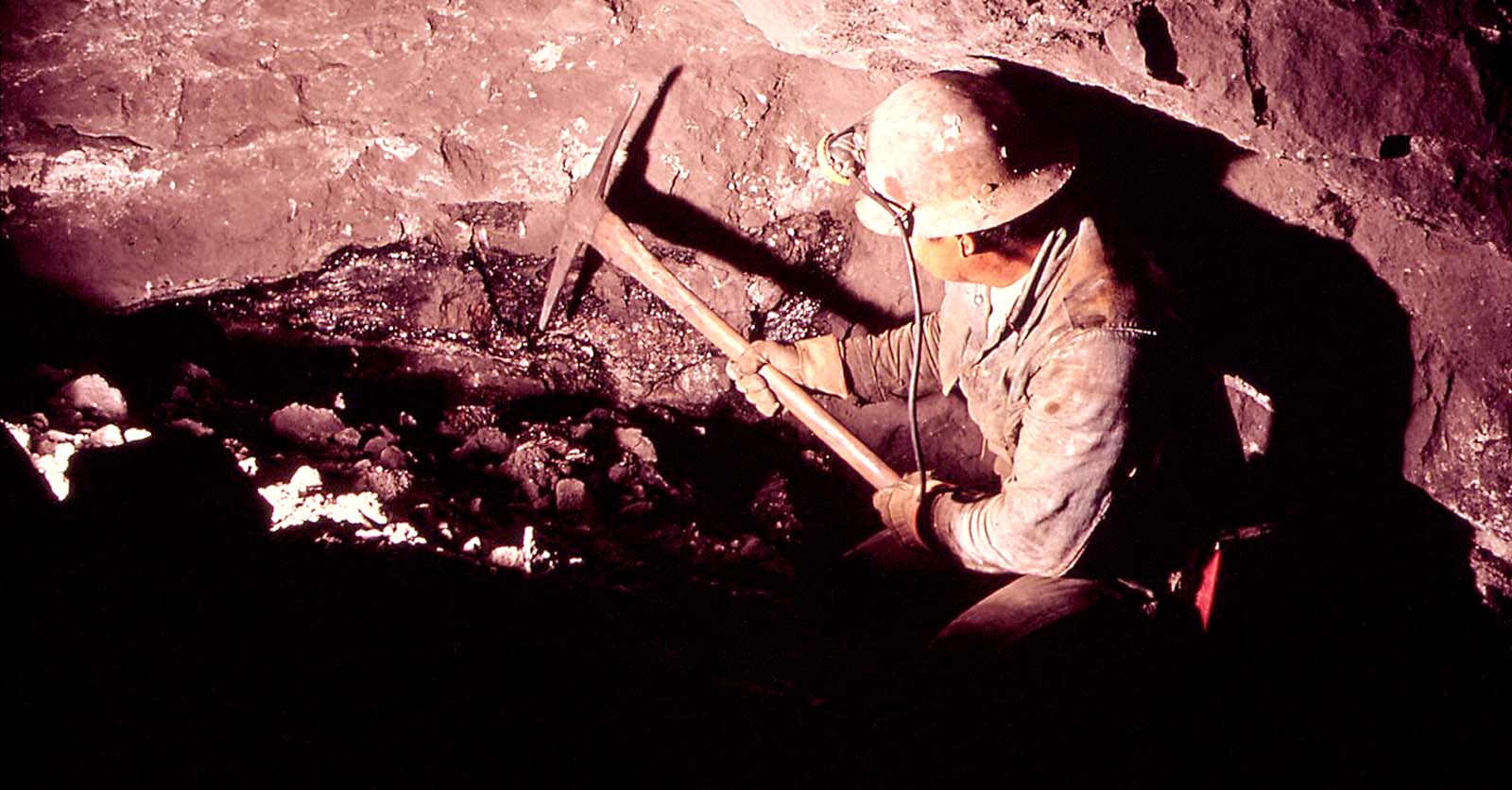 Read More
Read More






